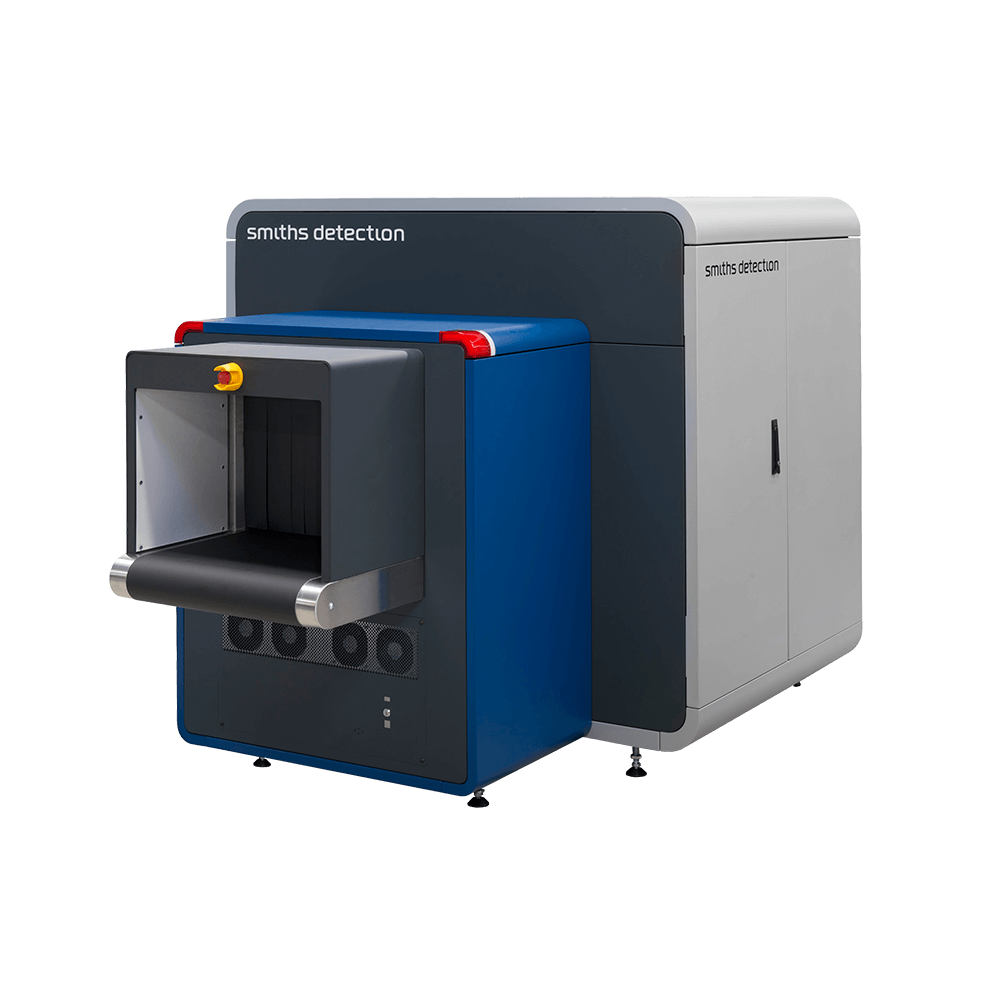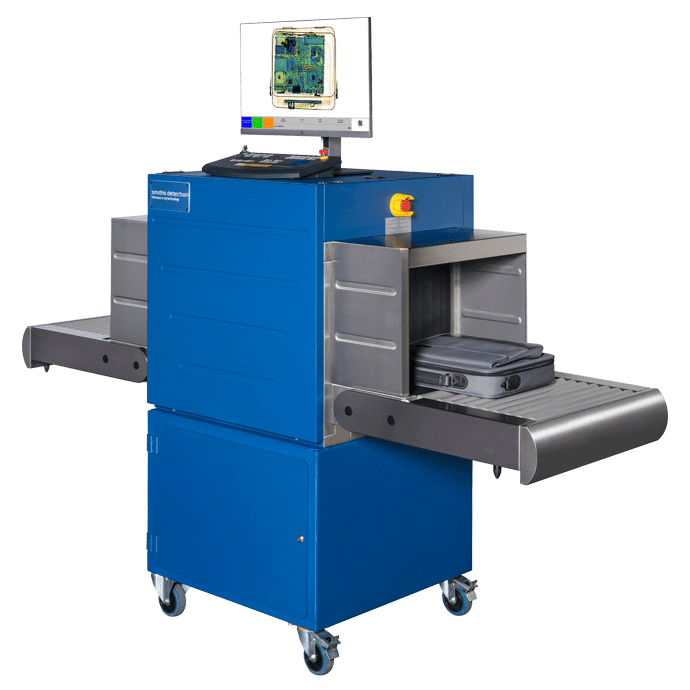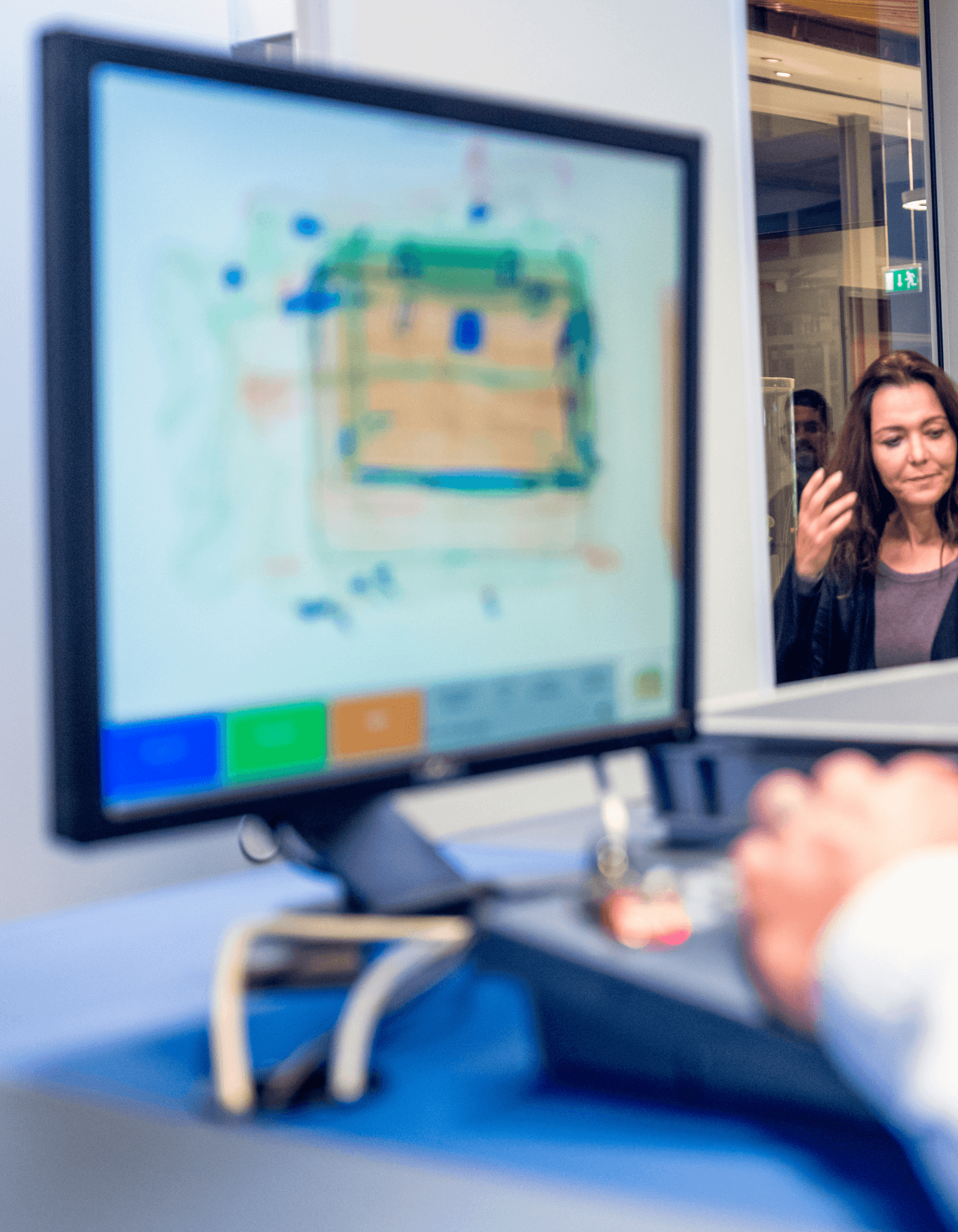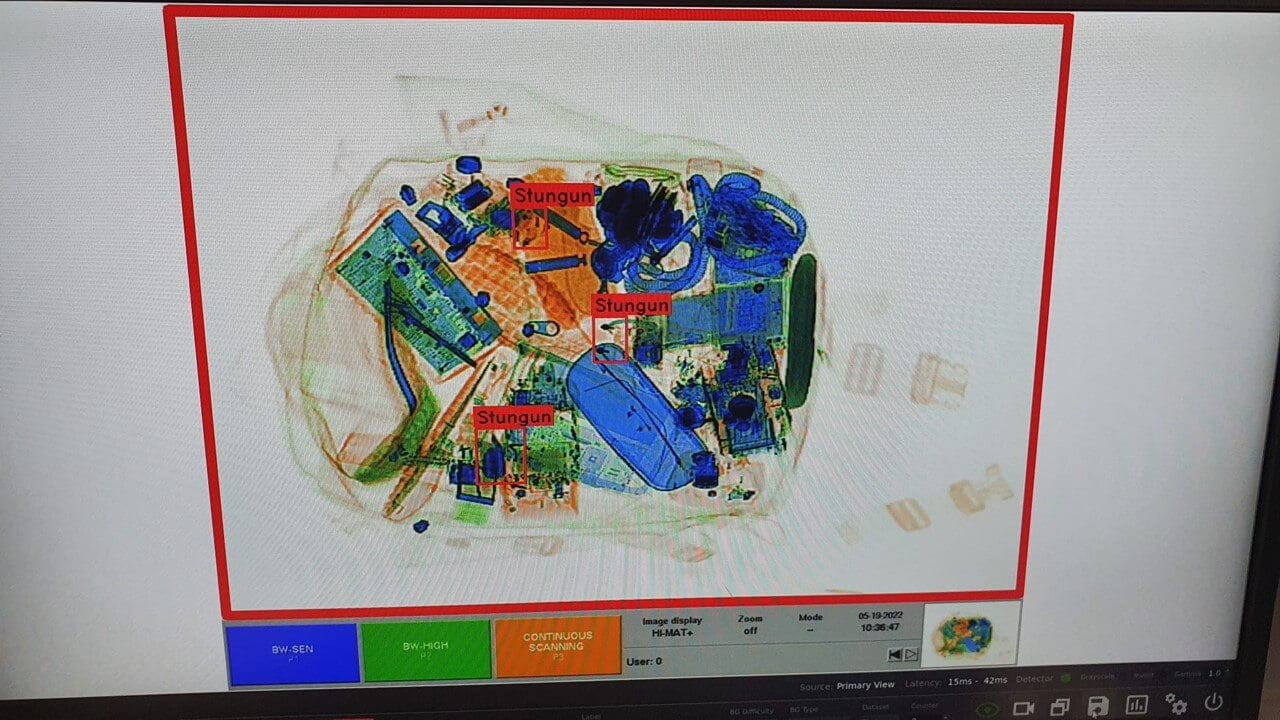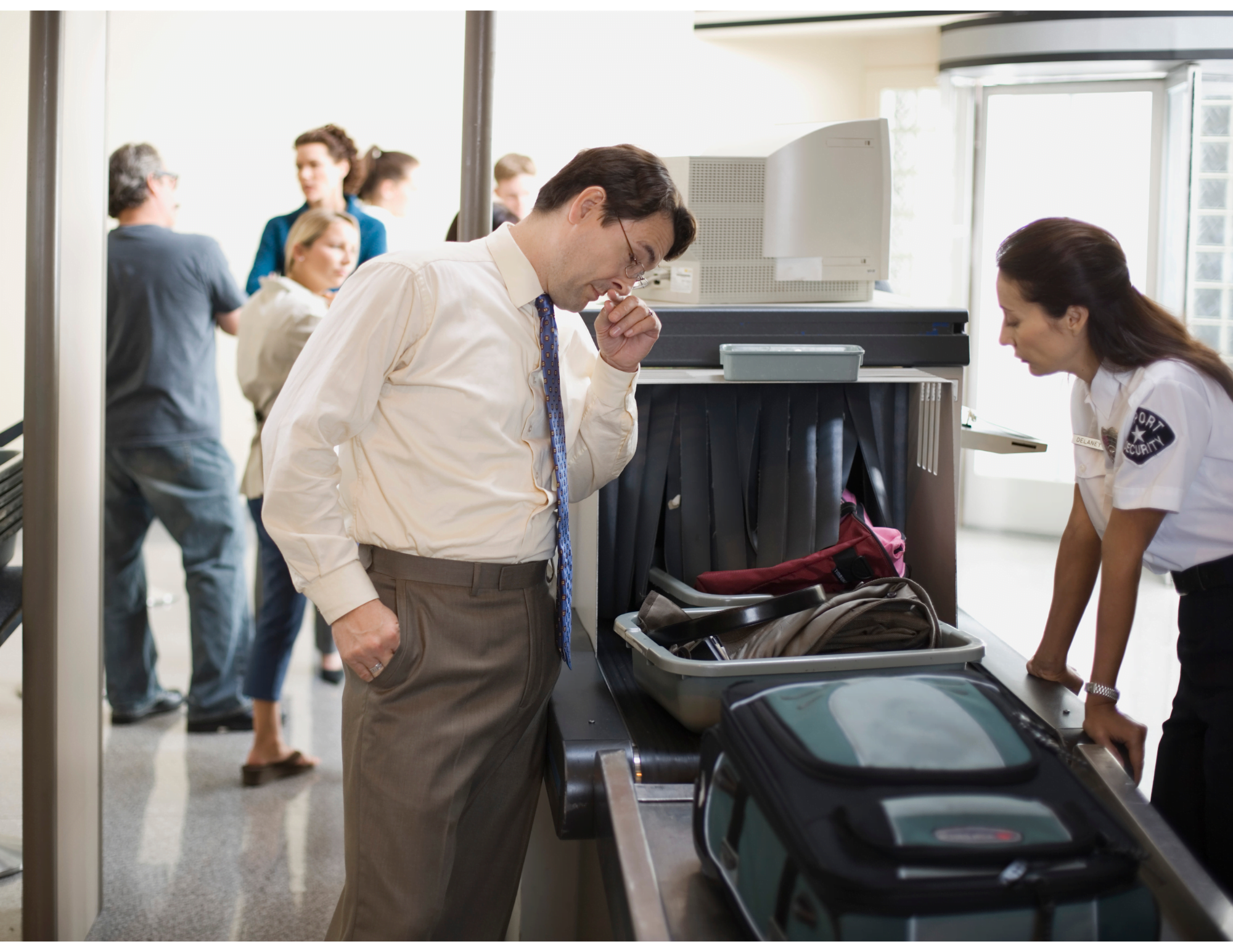
In the realm of courthouse security, X-ray machines play a pivotal role in detecting potential threats and ensuring the safety of all those who enter.
However, the prevalence of outdated X-ray technology poses significant concerns. In this blog post, we will shed light on the limitations of obsolete X-ray machines at courthouses and explore the consequences of relying on outdated equipment for public safety.
The Vulnerabilities of Outdated X-Ray Machines:
Outdated X-ray machines at courthouses exhibit various vulnerabilities that compromise their effectiveness in ensuring security.
These vulnerabilities include:
- Inadequate detection of non-metallic threats
- Poor resolution and imaging quality
- Limited compatibility with modern scanning techniques
- Difficulty in differentiating complex objects
- Susceptibility to manipulation and concealment techniques
- Slower processing time leading to increased waiting periods
- Lack of integration with advanced security systems.
Recognizing these vulnerabilities highlights the urgency of upgrading to advanced X-ray technology to enhance courthouse security and mitigate evolving threats.
Speak To An Expert
Evolving Security Threats
X-ray screening at courthouses is vulnerable to a range of evolving security threats. These threats include concealed weapons, non-metallic objects, advanced disguise techniques, improvised explosive devices (IEDs), organic and biological threats, cybersecurity risks, and evasive techniques used by perpetrators.
The outdated x-ray machines struggle to detect and identify these emerging threats, putting courthouse security at risk. Upgrading to modern X-ray systems is crucial to effectively address and mitigate these evolving security risks, ensuring a higher level of safety and protection in courthouses.
Legal and Ethical Implications
Legal and ethical considerations surrounding outdated X-ray machines in courthouses are crucial. Authorities have a duty to provide adequate security measures and may face liability if outdated equipment leads to security breaches or harm. Failure to meet industry standards and violation of constitutional rights are important factors.
Public perception and trust in the justice system can be negatively affected. Ethically, prioritizing safety and regularly updating security equipment is essential. Upgrading to modern technology is necessary to fulfill legal obligations, protect individuals, and maintain public confidence.
The Importance of Upgrading X-RAY Screening Technology
Investment in modern X-ray machines is crucial for courthouses to address evolving security challenges. Upgraded systems offer advanced threat detection capabilities, 3D images, higher resolution, and improved image quality. They streamline operations, reduce waiting periods, and enhance efficiency. Successful case studies demonstrate the positive impact of upgraded X-ray machines, including the detection of concealed weapons and complex objects. Investing in modern technology showcases a proactive approach to risk mitigation and reinforces a commitment to robust courthouse security. Overall, upgrading X-ray systems improves threat detection, operational efficiency, and demonstrates a proactive stance towards ensuring courthouse safety.
Overcoming Challenges
Courts face challenges when upgrading X-ray machines at courthouses, including budget constraints, infrastructure modifications, and staff training. Strategies for addressing these challenges include seeking funding through grants or partnerships, planning infrastructure changes with experts, providing comprehensive staff training, implementing a phased approach, collaborating with others, and ensuring ongoing maintenance.
By following these strategies, courts can successfully overcome obstacles and transition from outdated to advanced X-ray equipment, improving courthouse security and efficiency.
The Future of Courthouse Security
Emerging trends and innovations in X-ray technology offer great potential for courthouse security. Key advancements include Artificial intelligence assisted threat detection, and integration with other security systems. These advancements improve threat detection accuracy, expedite screening processes, reduce false alarms, enhance situational awareness, and future-proof security protocols. By leveraging these technologies, courthouses can significantly enhance their security, ensuring a safer environment for all individuals involved.
Conclusion
Outdated X-ray machines at courthouses represent a significant gap in security that needs urgent attention. By recognizing the vulnerabilities, understanding the evolving threats, and investing in modern technology, we can fortify our courthouses with robust security measures, ensuring the safety of all those who rely on the justice system. Let us work together to enhance courthouse security and uphold the principles of safety, fairness, and justice.

